Backcountry skiing is thrilling, but it comes with risks like avalanches, sudden weather changes, and tricky terrain. Picking a safe ski line isn’t just about having fun - it’s about staying safe. Here’s what you need to know:
- Risks to Watch For: Avalanches are most common on slopes between 30° and 45°. Avoid terrain traps like gullies or cliffs where snow can pile up dangerously. Keep an eye on weather changes - wind, sun, or temperature swings can destabilize snow.
- Plan Smarter: Use tools like onX Backcountry or Gaia GPS to map routes and check avalanche forecasts. Always have a backup plan in case conditions change.
- Safety Gear: Never head out without the essentials - beacon, shovel, probe, first aid kit, and emergency shelter. Practice using them before your trip.
- Gear That Helps: Compact skis like Snowfeet* (100 cm) are easier to carry, more agile in tight spots, and less tiring than longer skis. They pair with regular winter boots, making them a lightweight, hassle-free option.
Ep 11: How to Choose a Freeski Line in Backcountry | Salomon How-To
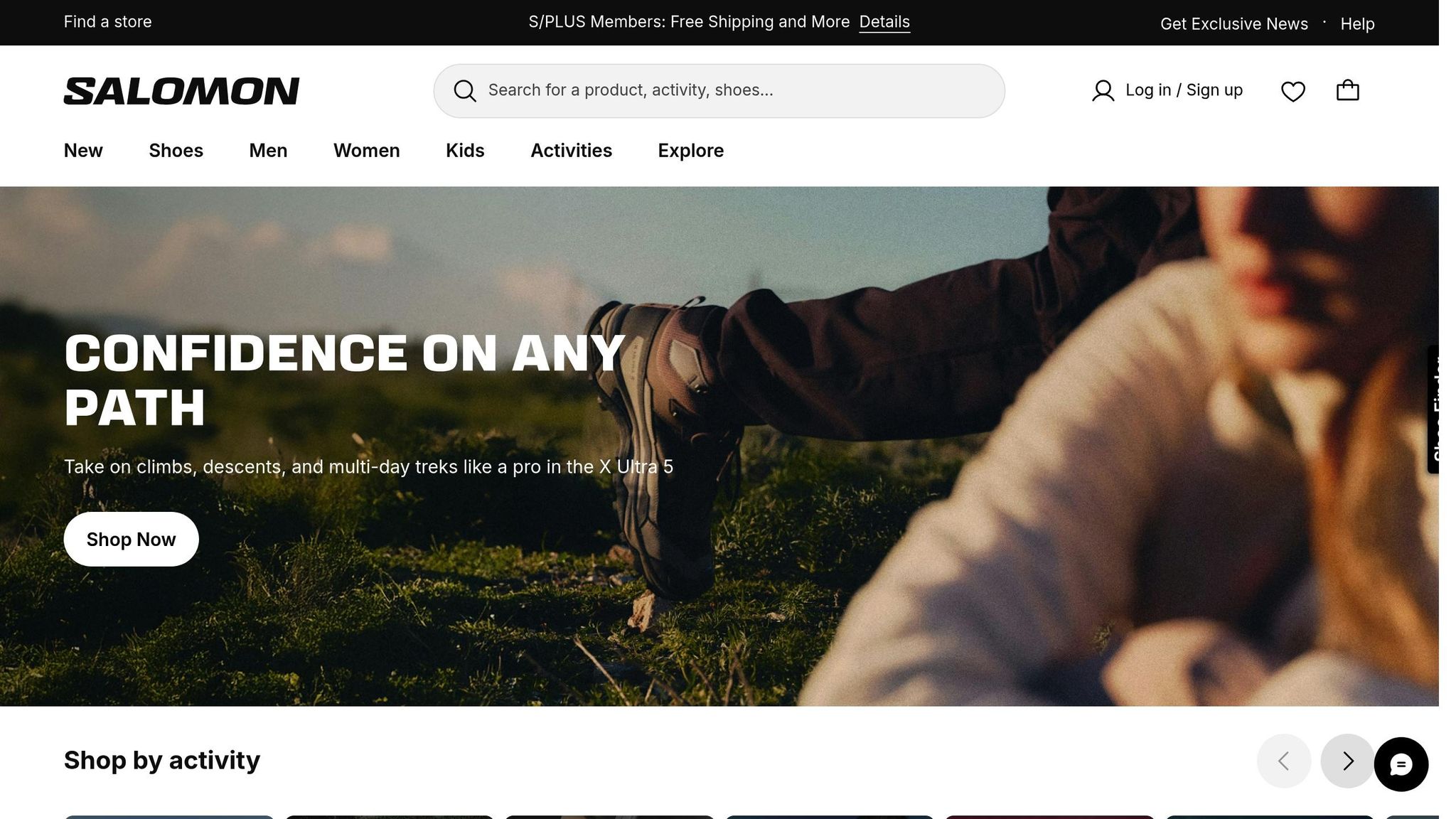
How to Evaluate Terrain and Plan Routes
Planning your route before heading out isn’t just a good idea - it’s essential. A little preparation can mean the difference between an unforgettable adventure and finding yourself in a risky situation. Let’s break it down.
Key Terrain Features to Watch
Avalanches are most likely to occur on slopes between 30° and 45°, with the sweet spot often around 38°. Slopes steeper than 50° tend to shed snow before it can build up enough to slide, but don’t let your guard down - gentler slopes under 30° can still be hazardous, especially if connected to steeper terrain above.
Slope aspect plays a big role, too. South-facing slopes get more sun, making them prone to instability during warmer weather. On the flip side, north-facing slopes can hide weak snow layers that stick around longer. Higher elevations? They’re a whole different beast, with stronger winds and rapid temperature swings adding to the complexity.
Then there are terrain traps - those sneaky spots like gullies, creek beds, or areas below cliffs where even a small avalanche can funnel debris into a dangerous concentration. Convex slopes (think outward-curving terrain) are another red flag since they build tension in the snowpack, increasing the likelihood of a slide. If you’re looking for safer ground, concave slopes (inward-curving) usually provide better stability.
Wind patterns also deserve your attention. Wind slabs - those firm, smooth patches of snow - tend to form on downwind slopes. Watch for telltale signs like a chalky surface or hollow sounds underfoot, which often mean the snow is unstable.
Tools and Maps for Smarter Planning
Modern mapping tools have made route planning easier than ever. Apps like onX Backcountry, Gaia GPS, and CalTopo combine slope angles, avalanche forecasts, and real-time weather updates to give you a clearer picture of the terrain. But don’t ditch the old-school tools just yet - traditional USGS maps are still a solid backup when tech fails.
Weather forecasts are just as important as maps. Don’t stop at checking the current conditions; dig into recent weather patterns and upcoming changes. Shifts in wind, temperature, and snowfall can all affect avalanche risk and route safety.
Pair these planning tools with gear that’s built for agility - like Snowfeet* - to handle complex terrain with confidence.
Why Snowfeet* Outperform Traditional Skis in Tight Terrain
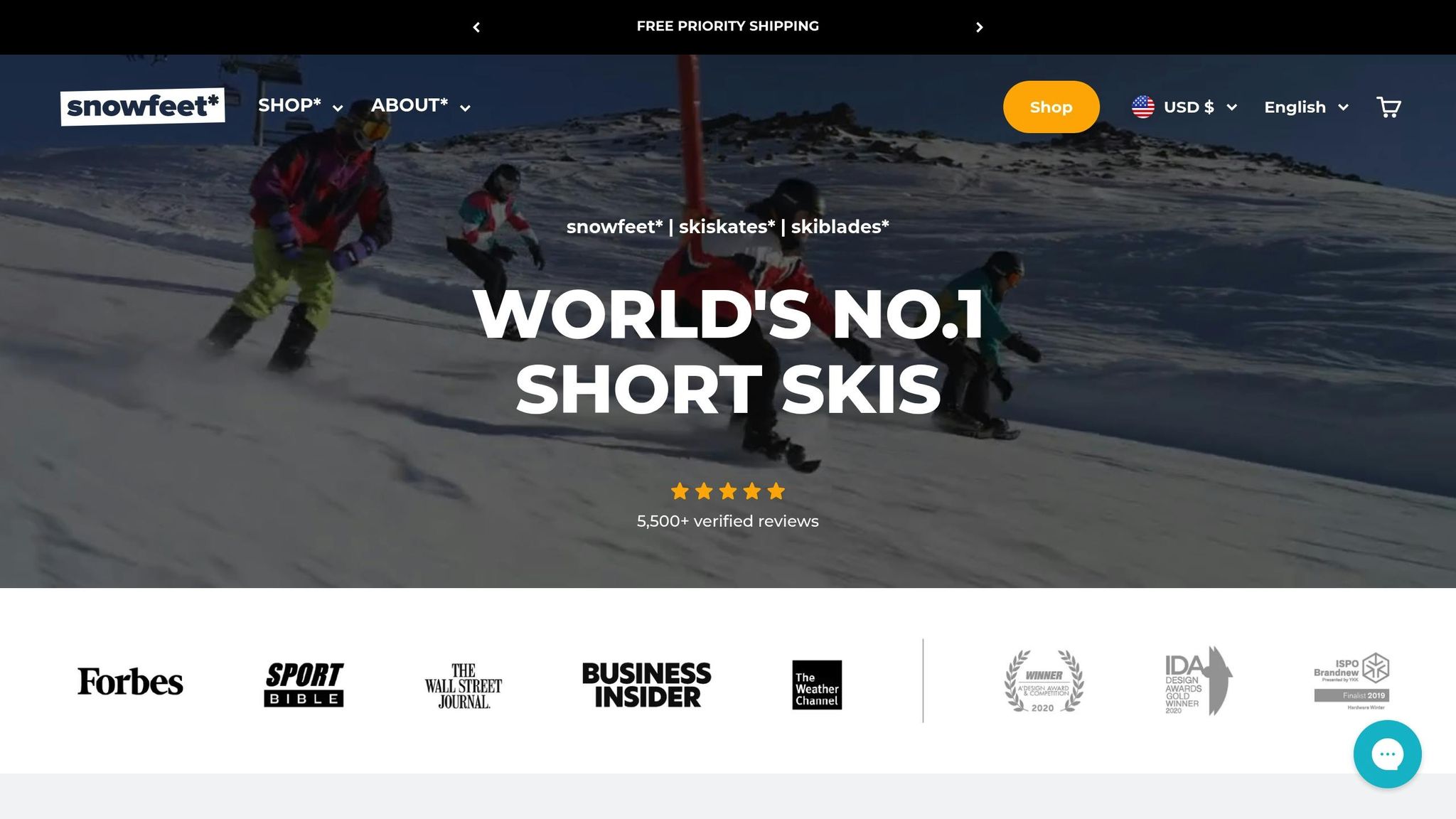
Once you’ve mapped out your route and assessed the conditions, it’s time to think about gear. And this is where Snowfeet* shine. At just 100 cm in length, they offer a huge advantage over traditional skis, which typically range from 170–190 cm. This shorter length makes a big difference when navigating tight, rocky spots or steep, narrow couloirs.
In dense tree runs, Snowfeet* allow for quick, agile movements, letting you take safer, narrower routes. With traditional skis, you’d often have to stick to wider, more exposed lines. And when it comes to steep, confined terrain like couloirs, the shorter skis make what would otherwise be a harrowing experience much more manageable.
The design also reduces swing weight and provides a tighter turning radius, making it easier to execute precise turns in tricky spots. Plus, they’re a lot easier to carry during bootpacking sections, cutting down on fatigue and the risk of snagging on obstacles.
Another bonus? When visibility takes a nosedive, the maneuverability of Snowfeet* lets you adjust your course quickly, keeping you on track even in tough conditions. Less effort, more control - that’s a win-win for any backcountry adventure.
Snow Conditions and Weather Assessment
Understanding snow and weather conditions is key to recognizing potential hazards and staying safe in the mountains. By piecing together these factors, you can make smarter decisions before heading out.
How to Check Snowpack Stability
Start by checking your local avalanche center for daily forecasts and field updates. For instance, if you're in Colorado, the Colorado Avalanche Information Center (CAIC) is an invaluable resource. Back in February 2021, Pine Needle Mountaineering emphasized CAIC as a must-use tool for backcountry skiers, offering avalanche forecasts, weather updates, and live data to help ensure safety. These centers break down complex conditions into clear, actionable insights.
However, don’t rely solely on the forecast - snowpack conditions can change quickly. A few above-freezing nights can weaken the snowpack, while colder weather creates light, fluffy powder. On the other hand, warm temperatures can lead to heavy, dense snow that strains layers beneath.
Wind is another factor to watch. It redistributes snow, forming unstable slabs and putting stress on weaker layers. And don’t underestimate the power of the sun. After a storm, the first sunny day can rapidly destabilize snow surfaces, increasing the risk of loose, wet avalanches when combined with rising temperatures.
Pay attention to melt-freeze cycles too. If the snowpack doesn’t experience a solid freeze overnight, its stability can deteriorate. Once you’ve assessed the snowpack, take a closer look at the terrain for signs of potential avalanches.
Avalanche Warning Signs to Watch For
The mountains often give clues about instability. Recent avalanche activity is one of the most obvious red flags - it signals that slopes nearby could still be dangerous.
Cornices are another hazard to treat with caution. These overhanging snow formations can break off suddenly, triggering slab avalanches. It’s best to keep a safe distance, especially as temperatures rise and weaken them.
Speaking of warming, rapid temperature increases can destabilize the snowpack, significantly raising avalanche risks. Precipitation is another factor - heavy snowfall or rain adds weight and moisture to the snowpack, making it more prone to sliding.
How Snowfeet* Improves Route Flexibility
When conditions demand quick decisions, having the right gear can make all the difference. Snowfeet*, with their compact 100 cm design, offer a level of agility that traditional long skis - usually 170–190 cm - can’t match. This makes them perfect for navigating tricky terrain or adjusting your route on the fly.
If you need to veer off a risky slope or weave through dense trees, Snowfeet* allow for sharp, precise moves without the hassle of managing long skis. And when you hit sections where bootpacking is necessary, their lightweight design means less fatigue, letting you tackle obstacles more efficiently.
Their tight turning radius and reduced swing weight also shine in variable snow conditions. Whether you're crossing wind-packed snow or sun-crusted layers, Snowfeet* give you the control needed to adapt your technique and maintain stability.
In poor visibility or shifting weather, their compact size allows for precise navigation through narrow spaces, helping you find safer routes that might be inaccessible with traditional skis. Plus, their lightweight build conserves energy, keeping you sharp for crucial decisions about when to push forward or retreat.
sbb-itb-17ade95
Required Safety Tools and Resources
Having the right safety gear can be the difference between a minor hiccup and a serious emergency in the backcountry. Equip yourself properly and know how to use your tools - it’s essential for a safe and enjoyable skiing experience. These tools not only protect you but also work seamlessly with the agility of Snowfeet* in unpredictable backcountry conditions.
Must-Have Backcountry Safety Gear
First on your list: the avalanche safety trio - beacon, shovel, and probe. Opt for a digital transceiver with multiple antennas for better accuracy, a metal-blade shovel to handle dense snow and debris, and a collapsible probe that’s at least 8 feet long.
A solid first aid kit is another must. It should cover essentials like treating cuts, sprains, hypothermia, and fractures. Toss in emergency medications, pain relievers, and materials for makeshift splints. A reliable headlamp with spare batteries is also key - short winter days can easily leave you navigating in the dark.
For communication, bring a satellite communicator or personal locator beacon for emergencies when cell service is out of reach. Two-way radios are great for keeping your group connected, especially when scouting alternative routes.
Don’t forget repair tools like duct tape, zip ties, and a multi-tool. Pack extra layers - think an insulated jacket, waterproof shell, and gloves - for unexpected weather changes. An emergency shelter, like a bivy sack or space blanket, can be a lifesaver if you’re stuck outside overnight.
Planning and Teamwork for Safety
Safety isn’t just about gear - it’s about smart planning and teamwork. Travel in groups of three or four. This way, someone can stay with an injured person while another goes for help. Before heading out, establish communication protocols: agree on radio channels, set check-in times, and decide on emergency signals.
Leave a detailed trip plan with someone you trust who’s staying behind. Include your route, expected return time, and emergency contacts. Build in some buffer time - if you’re due back at 6:00 PM, for example, let them know to alert help if you’re not back by 8:00 PM.
Practice rescue drills regularly. Everyone in your group should know how to use a beacon, probe, and shovel effectively. The first 15 minutes after an avalanche are critical, so being prepared can save lives.
Set clear ground rules: any group member can call for a retreat, and designate a leader for final decisions. If conditions worsen or fatigue sets in, having pre-planned exit strategies can prevent risky decisions.
Snowfeet* and Safety Gear Compatibility
One of Snowfeet*’s standout features is how easily they pair with standard winter boots. Unlike traditional skis that require specialized boots, Snowfeet* work with snowboard or winter boots, making setup simpler and cutting down on extra weight.
Traditional skis can weigh 8–12 pounds per pair, but Snowfeet* weigh just 3–4 pounds. When you’re already carrying a beacon, shovel, probe, first aid kit, and emergency gear, trimming a few pounds can make a huge difference in energy and mobility.
In emergencies, Snowfeet*’s compact size is a game-changer. If you need to switch to bootpacking or assist in a rescue, you can remove and stow them quickly - much faster than dealing with traditional skis. Their shorter length (38–39 inches) means they won’t get in your way during a rescue or when maneuvering around an accident site.
The bindings on Snowfeet* are also designed to be straightforward and reliable. Unlike traditional ski bindings with multiple adjustment points that can fail in extreme cold, Snowfeet* use a simple strap system that’s easier to repair in the field and works well even in subzero temperatures.
Plus, their compact design keeps your load balanced. With gear like a collapsible probe (about 28 inches when folded) and a folding shovel that fits neatly into most ski packs, you avoid the awkward weight distribution caused by longer skis. Snowfeet* help keep your setup lightweight and efficient, so you’re ready for anything the backcountry throws your way.
Snowfeet* vs Traditional Skis and Snowboards
Let’s take a closer look at how Snowfeet* short skis stack up against traditional skis and snowboards when it comes to backcountry skiing. While the classics have their charm, Snowfeet* bring something new to the table - offering agility, convenience, and ease of use. These qualities can make all the difference in the unpredictable terrain of the backcountry.
Why Snowfeet* Shine in Backcountry Skiing
- Better Control in Tight Spaces: Traditional skis, often over 60 inches (160+ cm) long, can be tricky to maneuver in narrow or confined areas. Snowfeet*, at just 39 inches (100 cm), make it easier to navigate with precision and quick responses.
- Easy to Carry: Long skis and snowboards can be a hassle to haul uphill or through dense terrain. Snowfeet* are so compact they can fit in your backpack, leaving your hands free for poles or scrambling over tough sections.
- Quick to Learn: Unlike traditional setups that demand more technical skill, Snowfeet* are beginner-friendly. Their intuitive design helps new users gain confidence faster, making them a great option for those new to backcountry skiing.
- Safety First: Backcountry conditions can change in an instant - think sudden ice patches, hidden obstacles, or shifting snow. Snowfeet* allow for steady, controlled movement at lower speeds, giving you more time to react and stay safe.
- Handles All Terrain: Whether you’re gliding through soft powder or crunching over firm, icy surfaces, Snowfeet* are built to adapt. This versatility is a huge plus when conditions can vary wildly during a single trip.
Here’s a quick side-by-side comparison to sum it all up:
Equipment Comparison Table
| Feature | Snowfeet* Short Skis | Traditional Skis | Snowboards |
|---|---|---|---|
| Length | 39 inches (100 cm) | Over 60 inches (160+ cm) | Around 55–65 inches |
| Weight | Extremely lightweight | Heavier and bulkier | Heavier, less ideal uphill |
| Boot Compatibility | Works with most winter boots | Requires ski boots | Requires snowboard boots |
| Portability | Fits in a backpack | Needs a carry system | Requires extra carry gear |
| Learning Curve | Easy for beginners | More technical | Moderate skill needed |
| Tight Terrain Control | Excellent maneuverability | Less agile | Limited in confined areas |
| Emergency Maneuverability | Great for quick adjustments | More restricted | Least adaptable |
| Uphill Travel | Standard boots work fine | Needs touring bindings | Requires splitboard setup |
On top of all this, Snowfeet* can save you money. They don’t require the same level of specialized gear that traditional setups often demand. This simplicity is perfect for solo adventurers or groups with mixed skill levels who want a straightforward, hassle-free experience.
When it comes to backcountry skiing, where safety and flexibility are key, Snowfeet* stand out as a smart, practical choice over traditional long skis and snowboards.
Making Safe and Smart Choices
When heading into the backcountry, good decision-making is your best companion. It’s not just about enjoying the freedom of the mountains - it’s about making safety your top priority. The routes you pick and the gear you bring along can make or break your experience.
Key Points for Safe Backcountry Skiing
Before you strap in, have a solid plan. Map out multiple routes, including some backup options in case conditions take a turn. Pay attention to your surroundings - look out for red flags like recent avalanches, cracks spreading across the snow, or hollow, unsettling sounds underfoot. These are signs you don’t want to ignore.
Always carry your standard backcountry safety gear. This includes essentials like a beacon, probe, and shovel, as well as emergency supplies. It’s also crucial to practice rescue drills with your group so everyone knows their role if things go sideways. Compact gear, like Snowfeet*, can be a lifesaver here, offering quick mobility when every second counts.
Clear communication is another must. Designate a trip leader, make sure everyone understands the route plan, and set up a system for staying in touch. In avalanche terrain, stick to the basics: travel one at a time, keep each other in sight, and speak up if something feels off. These habits, combined with the agility of Snowfeet*, can make a big difference in tricky situations.
Why Snowfeet* is Best for Backcountry Skiers
When it comes to gear, Snowfeet* stands out as a game-changer for backcountry adventures. These compact skis, measuring just 39 inches (100 cm) long, offer incredible control in tight or challenging terrain - situations where traditional long skis can feel clunky and hard to manage.
Their portability is a huge plus. Snowfeet* easily fit in your backpack, freeing up your hands for climbing rocky sections or using trekking poles on steep inclines. This flexibility is a big deal when conditions shift suddenly, and you need to adapt your route on the fly.
Another perk? You don’t need specialized boots. Snowfeet* work with your regular winter boots, cutting down on the amount of gear you need to carry and reducing the chances of equipment failure when you’re far from help. Fewer moving parts mean less to worry about, so you can focus on reading the terrain and staying safe.
Snowfeet* also have a shorter learning curve compared to traditional skis. Instead of spending years mastering long skis, you can quickly gain confidence and sharpen your backcountry judgment with these. That way, you can spend more time enjoying the mountains and less time stressing over technique.
Their compact size offers another advantage: exceptional maneuverability. Whether you’re dodging ice patches, navigating around hidden obstacles, or reacting to unstable snow, Snowfeet* let you pivot and adjust in ways that longer skis simply can’t.
Finally, their versatility across different snow conditions is a major win. From crusty spring snow to deep powder or wind-hardened surfaces, Snowfeet* adapt with ease, giving you more options to explore while others might have to call it a day.
For backcountry skiing, where safety and control are far more important than speed or flair, Snowfeet* are a smart pick. Whether you’re a beginner or a seasoned skier, they offer a secure, hassle-free way to enjoy the mountains without sacrificing peace of mind.
FAQs
What are the warning signs of avalanche danger to watch for when choosing a backcountry ski line?
Avalanche danger often reveals itself through specific warning signs in the environment. Keep an eye out for recent heavy snowfall or rain - both can pile on extra weight to the snowpack, making it unstable. Listen for "whumphing" sounds or watch for cracks forming in the snow; these are telltale signs of weak layers beneath the surface. Spotting fresh avalanche debris on nearby slopes? That’s a major red flag.
If the snow collapses or cracks under your feet, it’s a clear sign that the terrain is unstable, and you should steer clear. Gear choice can also make a difference. Lightweight, maneuverable options like Snowfeet® WALKSKI Backcountry Touring Skis (100 cm) give you better control in dicey conditions, helping you move more safely and confidently while keeping risk to a minimum.
How does Snowfeet* gear improve safety and control in backcountry skiing compared to traditional skis?
Snowfeet* gear brings a fresh twist to backcountry skiing, offering a safer and more nimble option thanks to its compact, lightweight design. Unlike traditional skis, these are much shorter, which makes them easier to handle - especially in tight spots or on steep slopes. With less leverage and fewer rotational forces at play, the chances of taking a tumble are greatly reduced.
Their small size and ease of use make Snowfeet* a great pick for tackling tricky terrain. They’re particularly appealing to beginners or anyone who wants more control on the slopes. Plus, their lightweight design allows for quicker moves and improved stability, making backcountry skiing not just safer, but a whole lot more fun compared to using traditional skis or snowboards.
What safety gear do I need for backcountry skiing, and how do I use it in an emergency?
For backcountry skiing, having the right safety gear can literally be a lifesaver. At the top of the list are an avalanche transceiver, a snow probe, and a shovel. These three tools work together to locate and rescue someone buried in an avalanche. The transceiver helps find the signal, the probe pinpoints the exact spot, and the shovel lets you dig fast and efficiently. But here’s the thing: owning this gear isn’t enough - you need to know how to use it before you step into the backcountry.
Don’t forget a first aid kit either. Stock it with essentials like bandages, gauze, pain relievers, and a CPR mask. In remote areas where medical help might take a while to arrive, being prepared for injuries can make a huge difference.
To up your safety game, consider using Snowfeet WALKSKI Backcountry Touring Skis*. These compact skis give you better control and agility compared to traditional skis or snowboards. Their smaller size makes navigating tricky terrain easier, which means fewer accidents and a better chance of handling emergencies effectively.

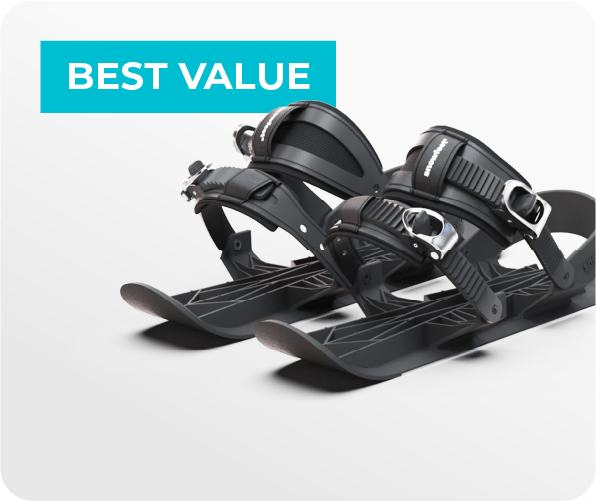



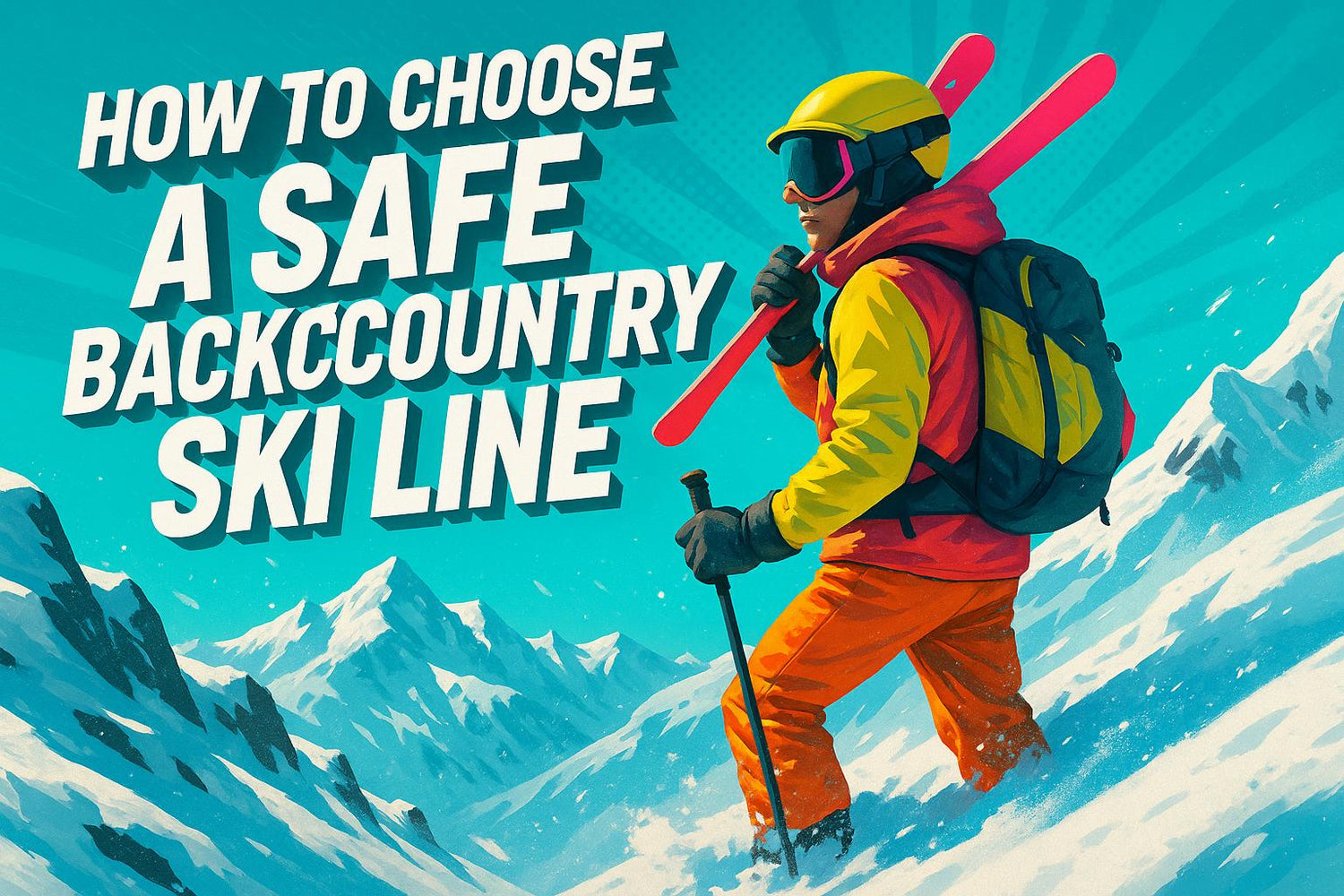
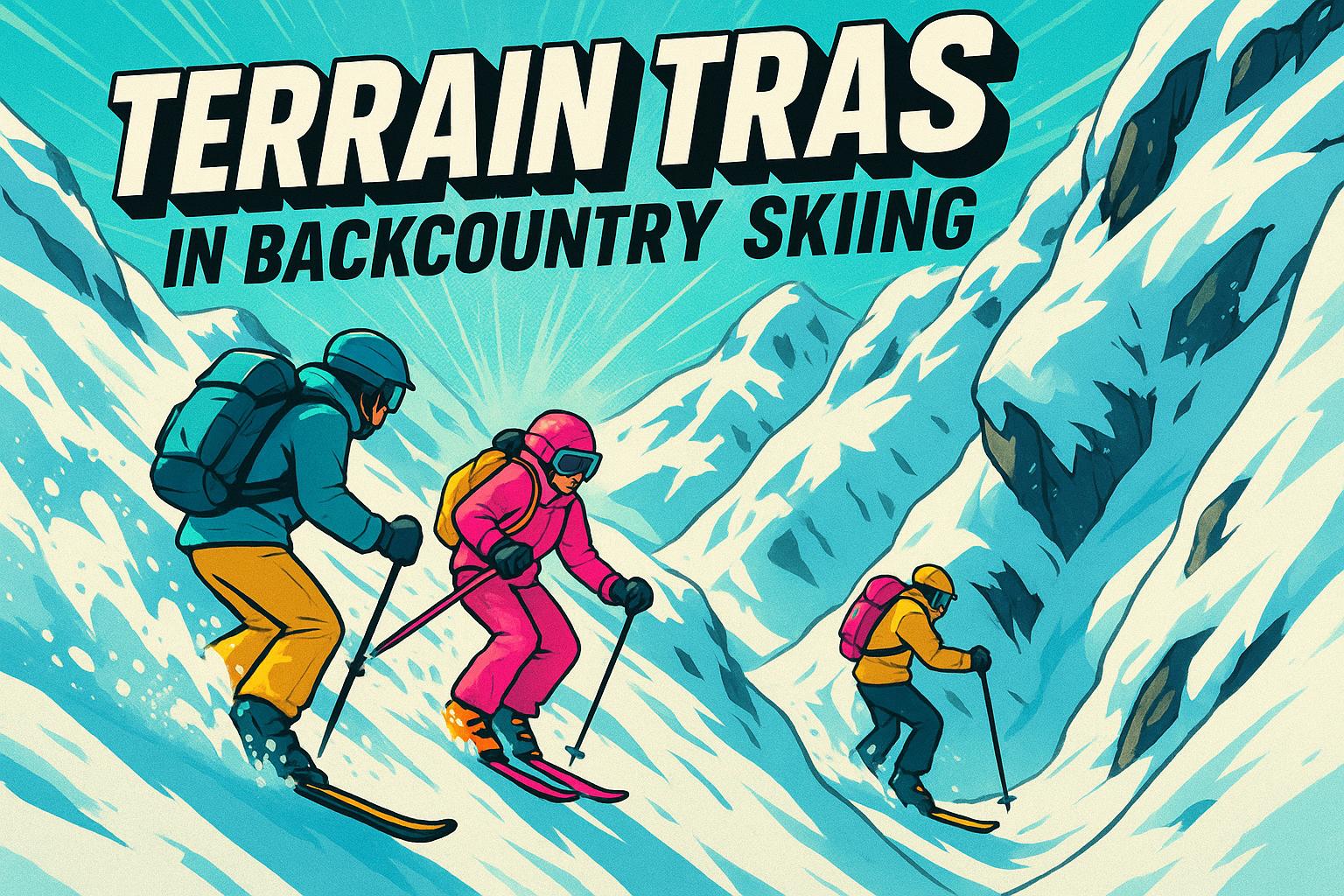
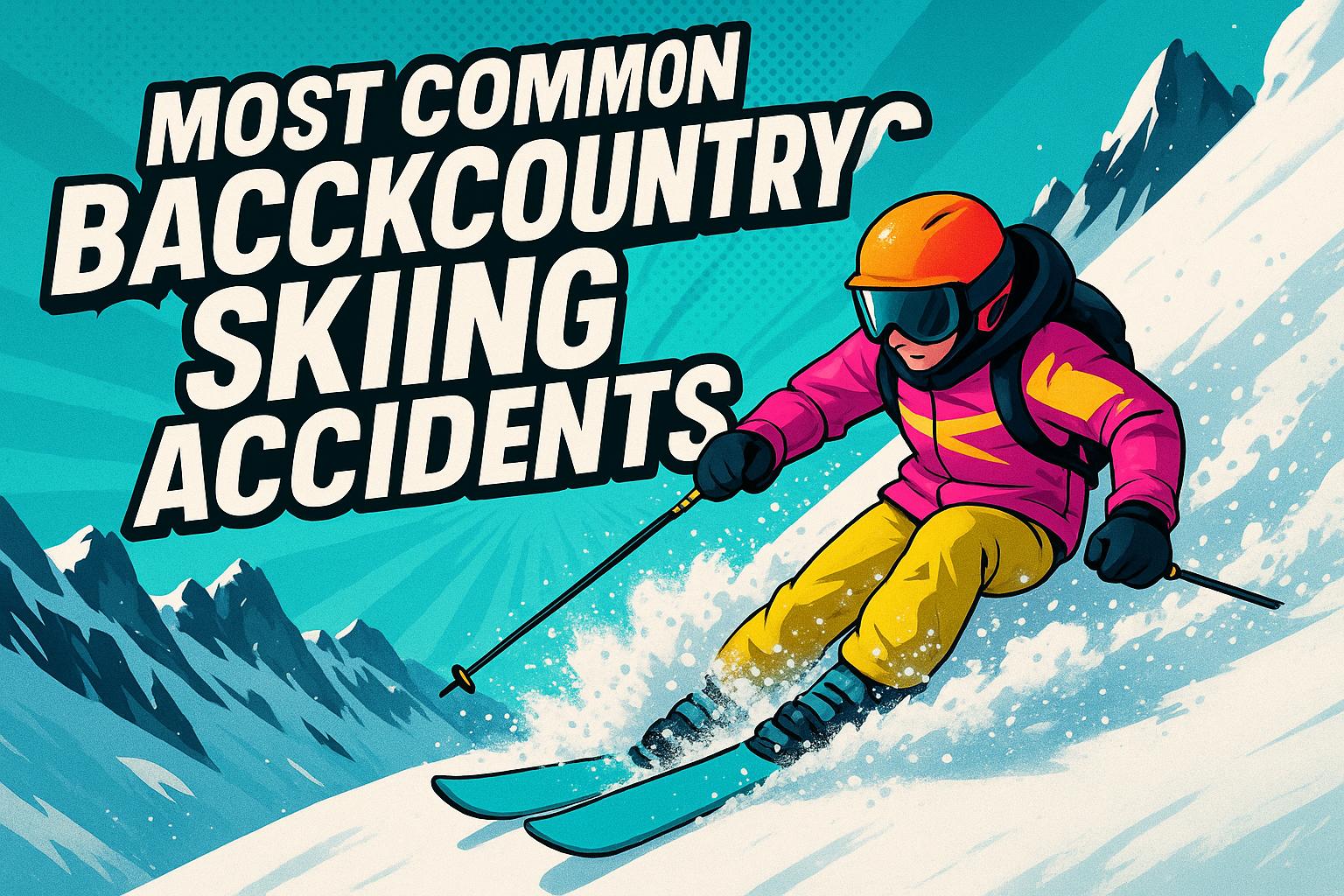
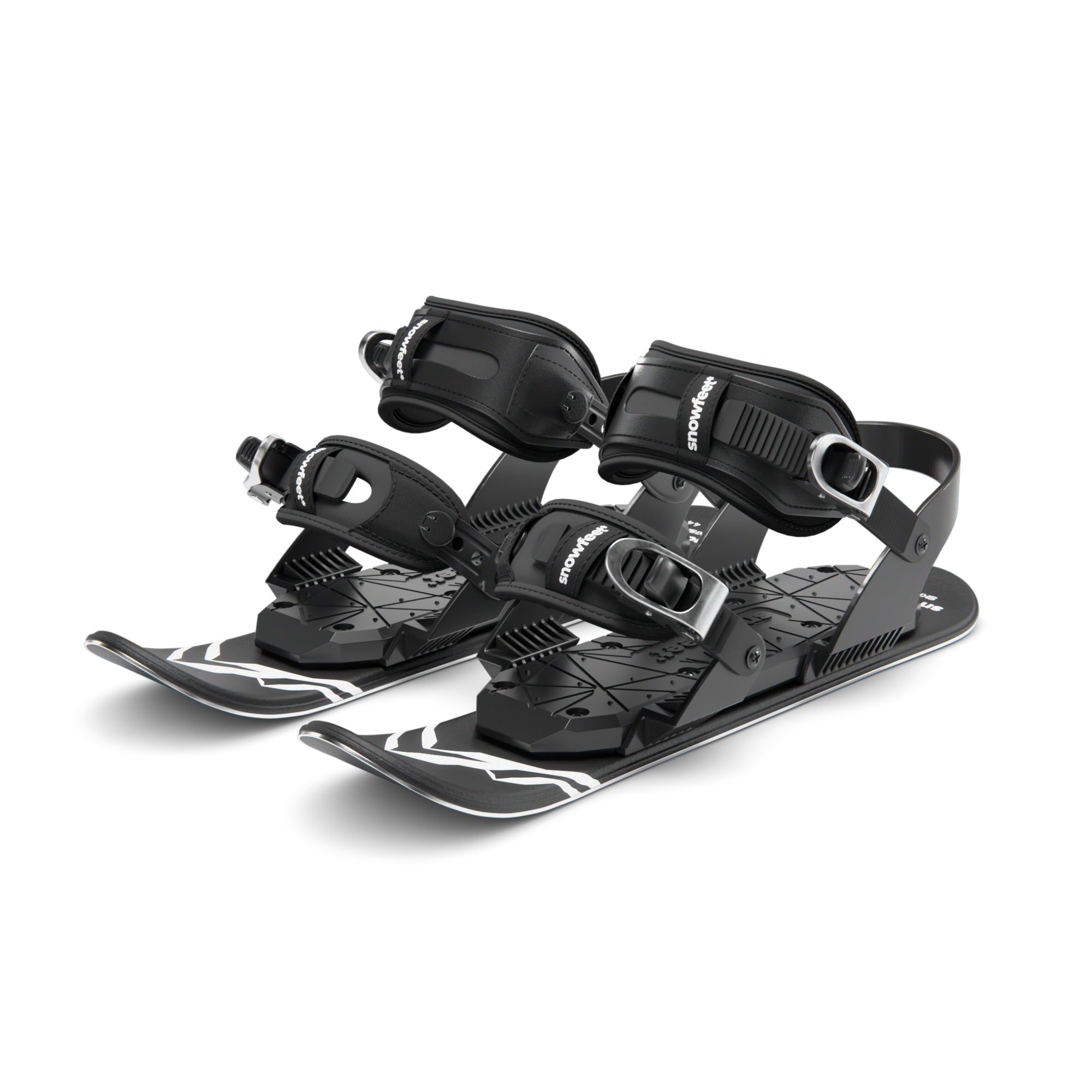
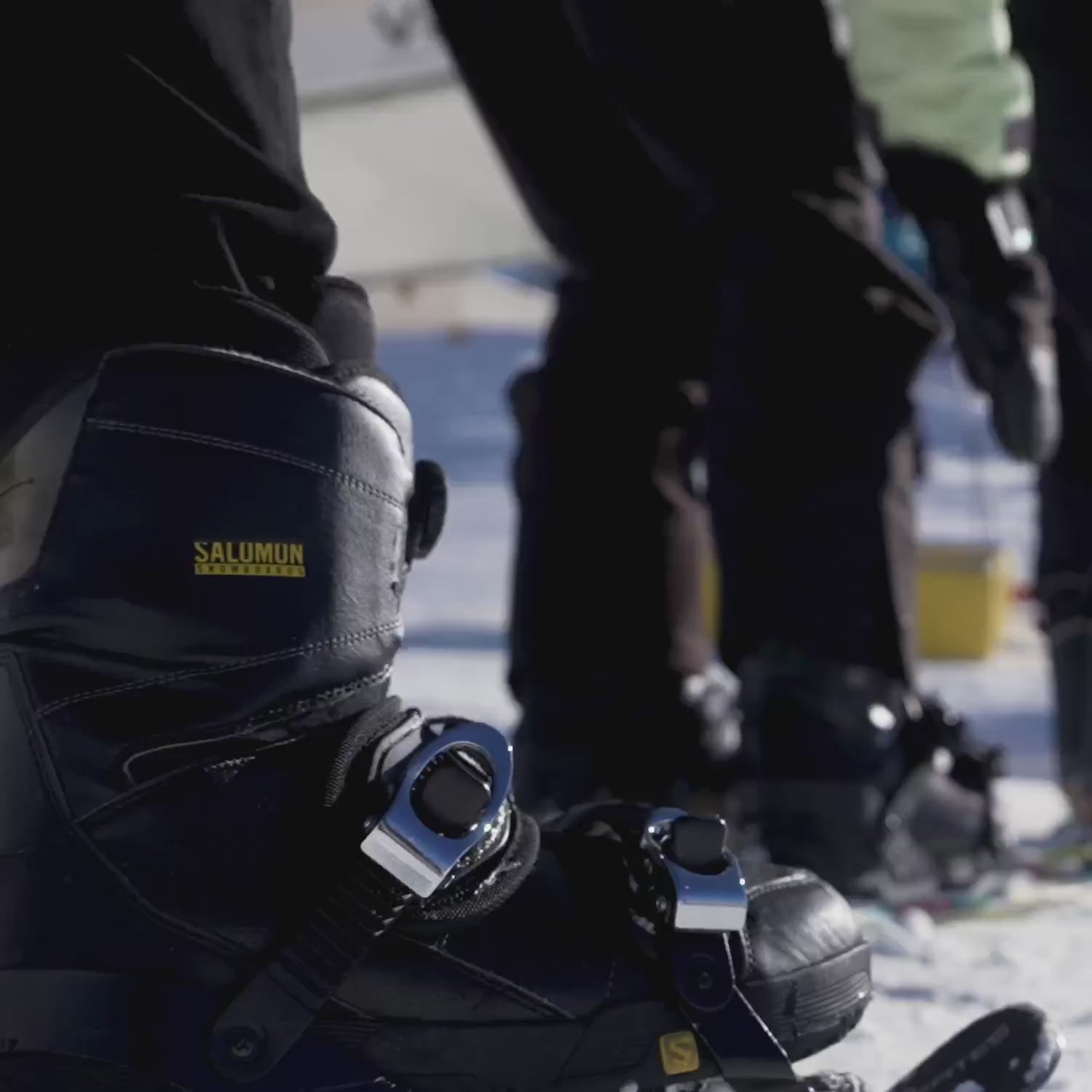
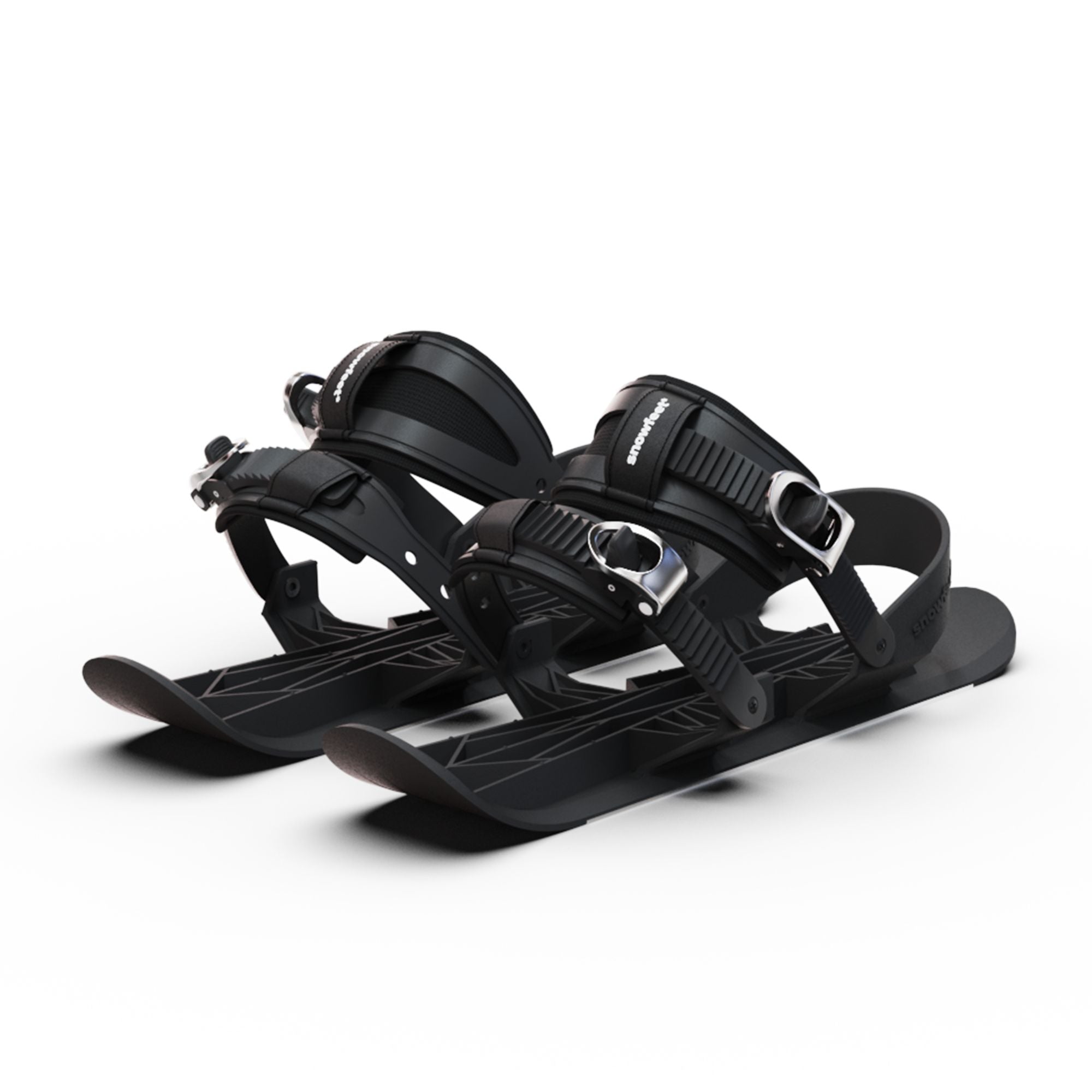
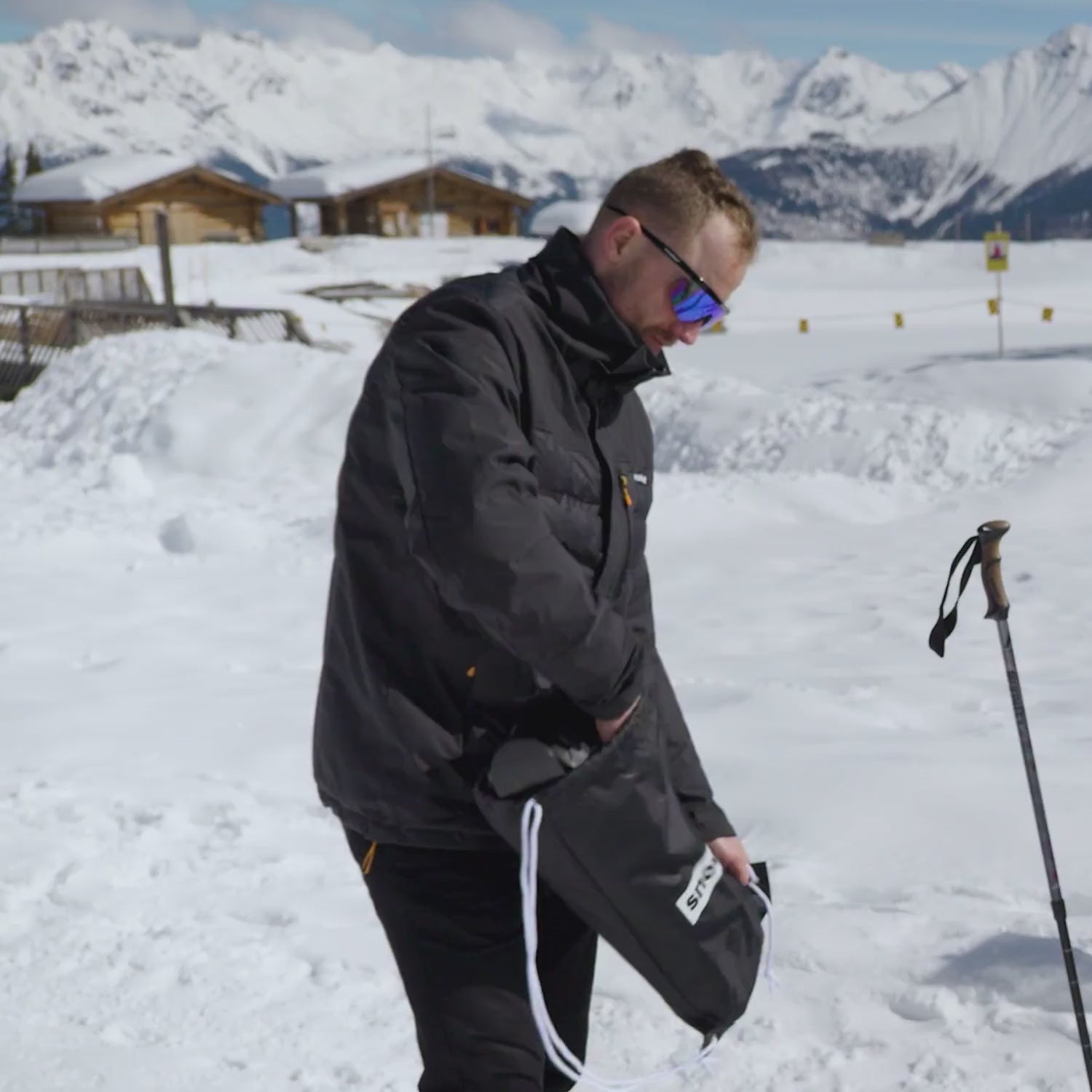
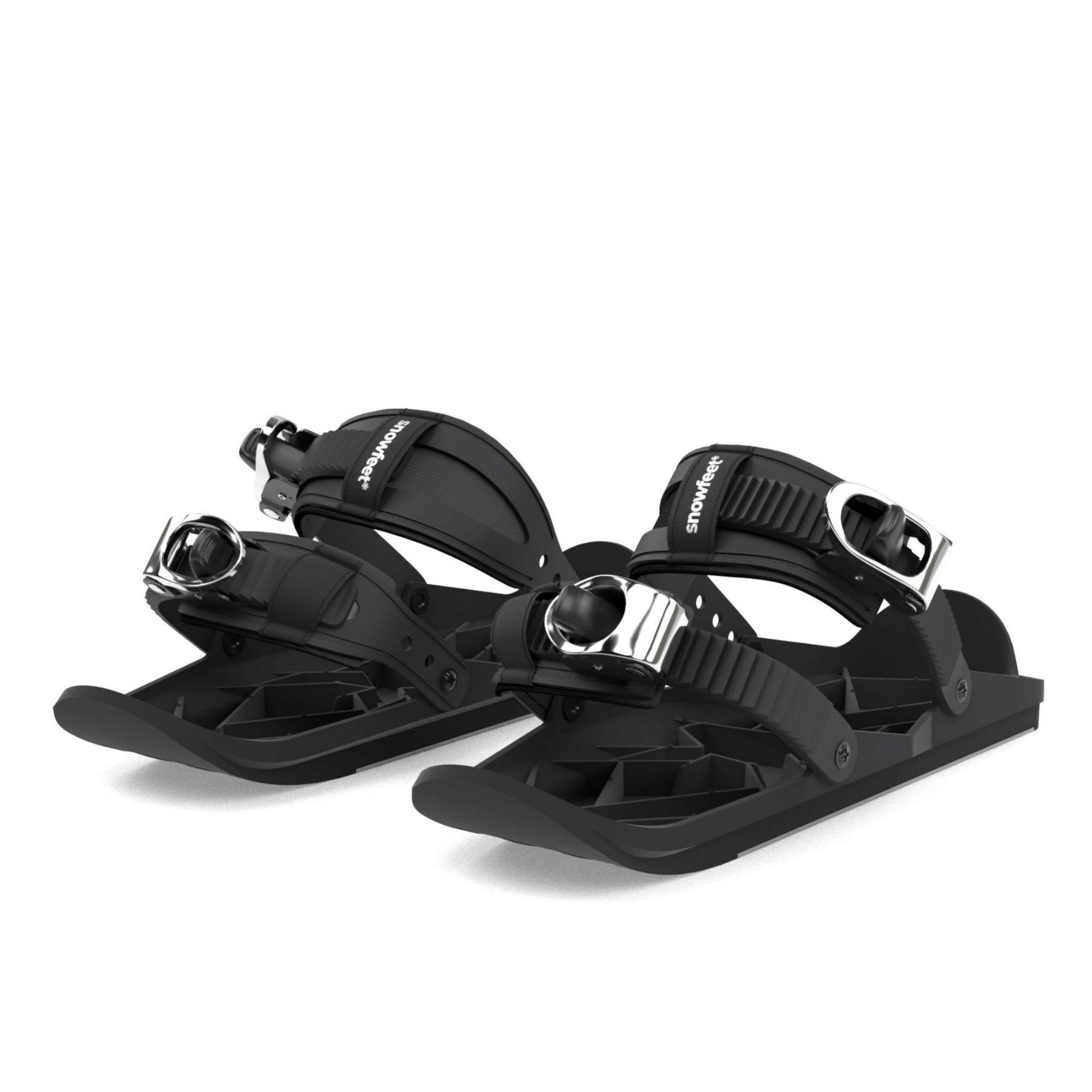
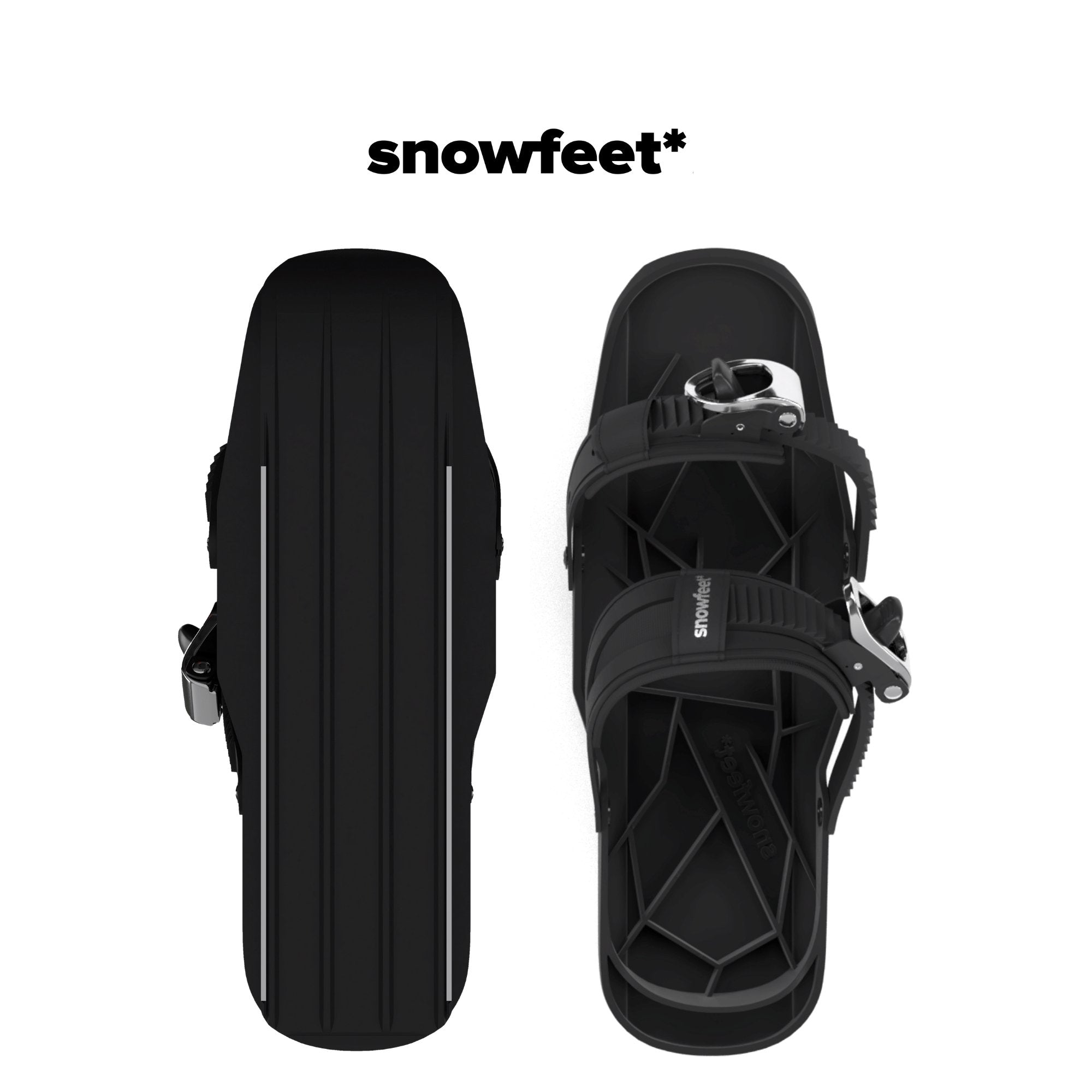
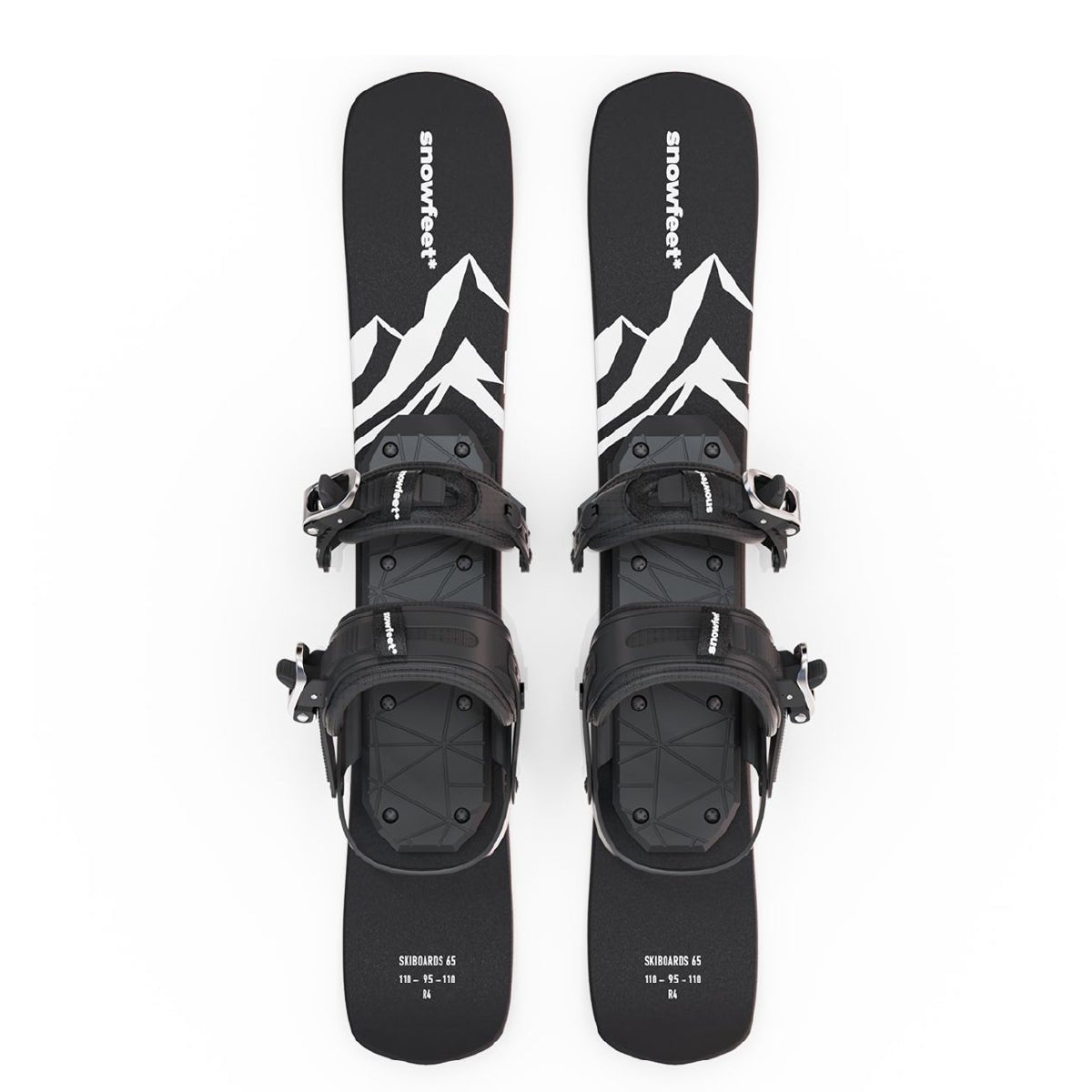
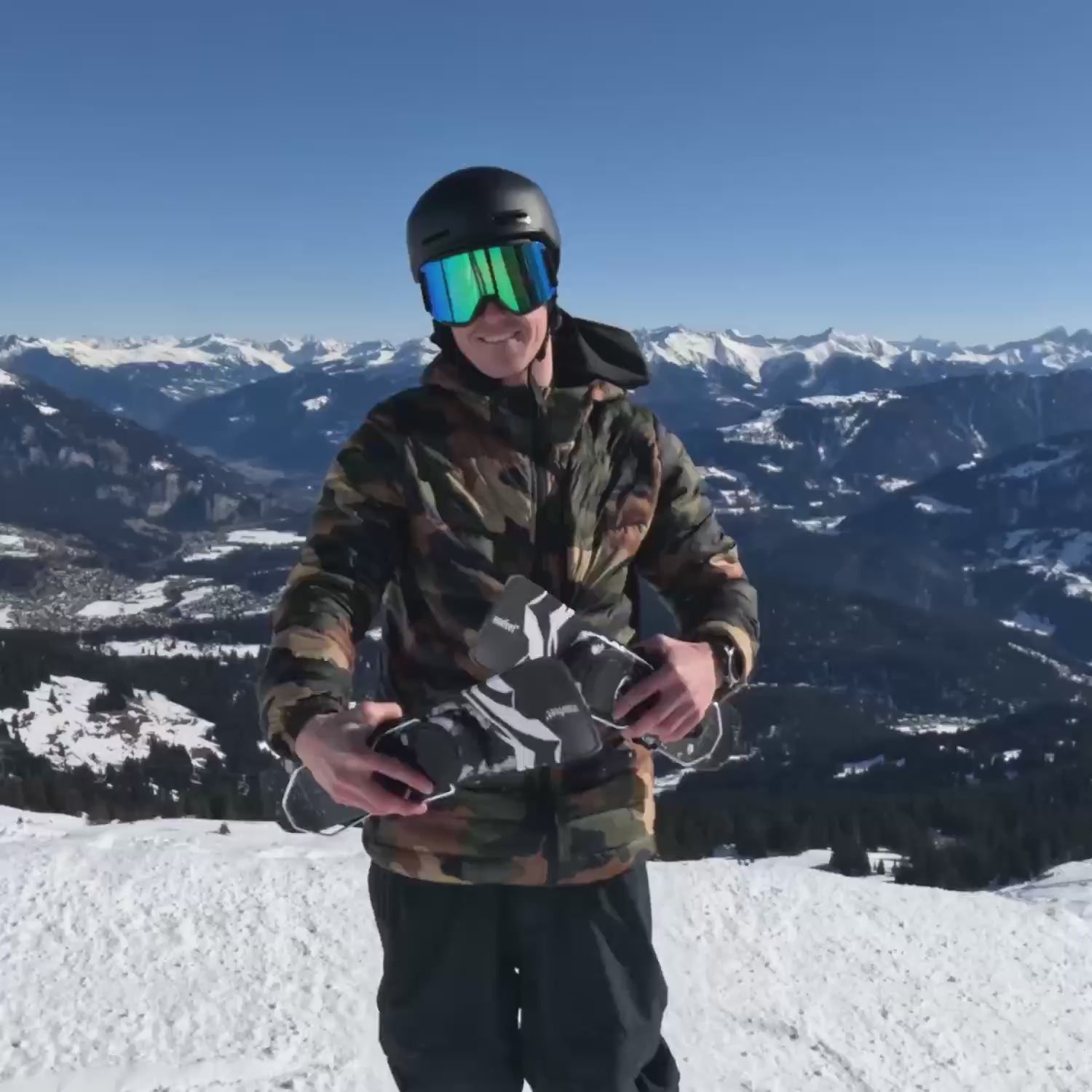
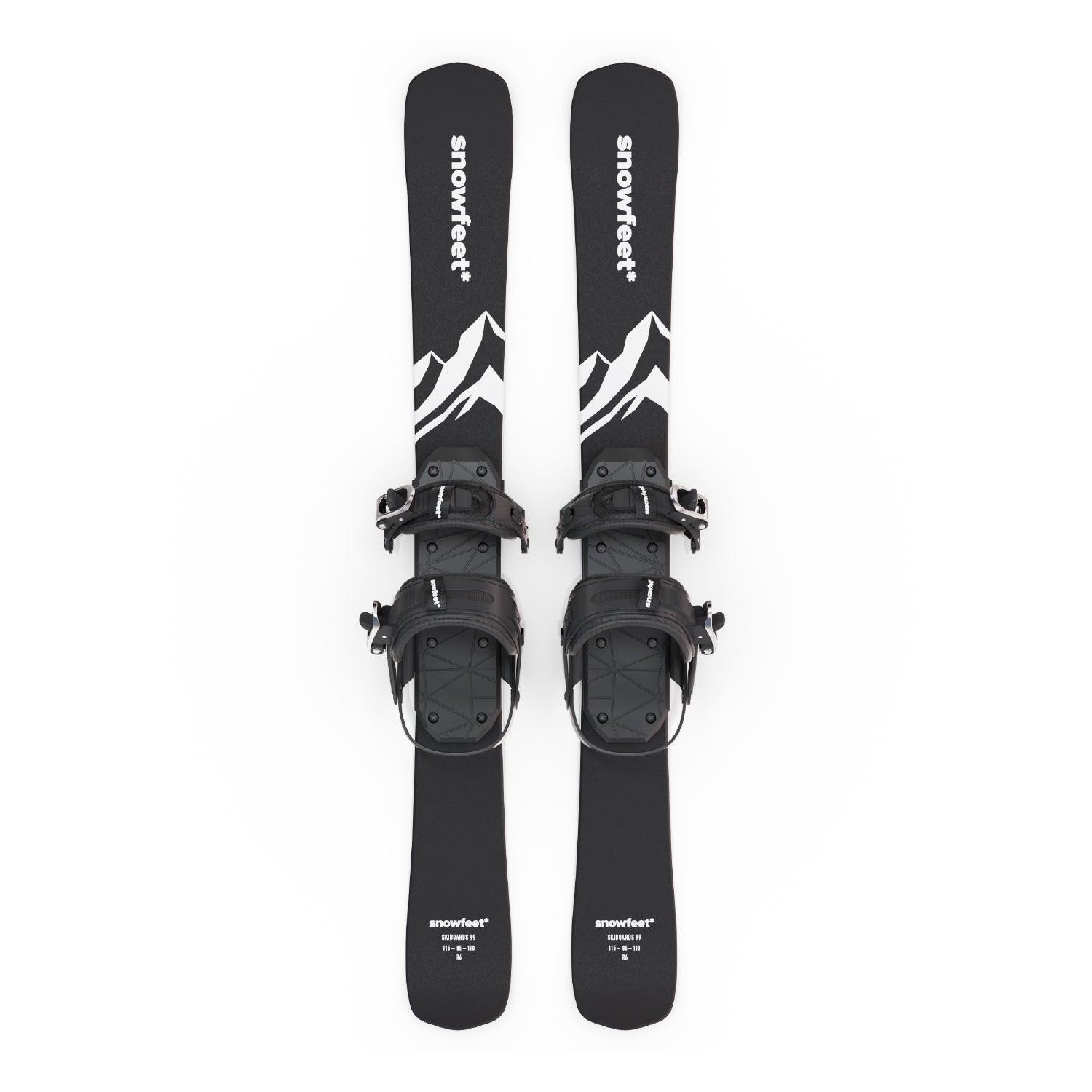
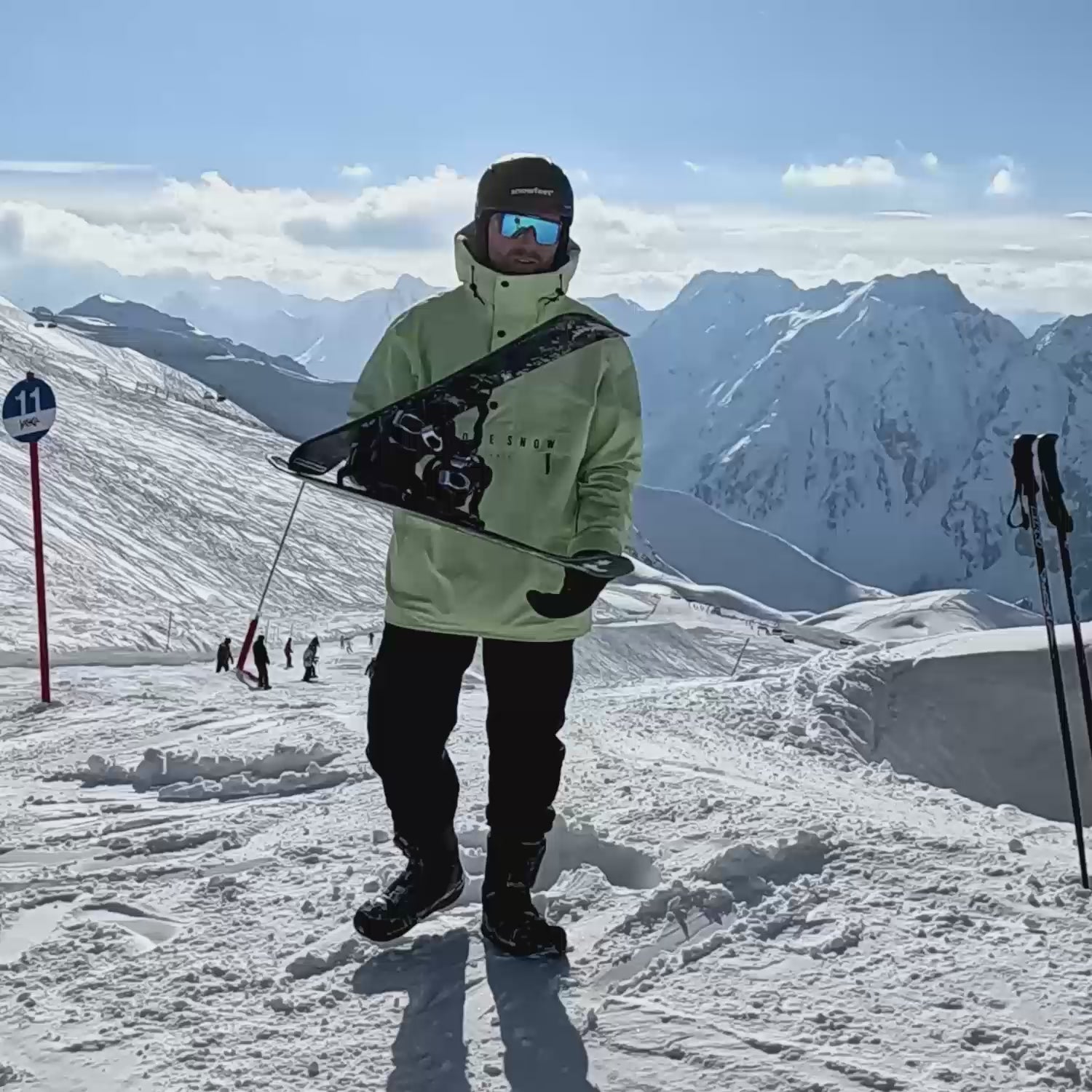
Einen Kommentar hinterlassen
Diese Website ist durch hCaptcha geschützt und es gelten die allgemeinen Geschäftsbedingungen und Datenschutzbestimmungen von hCaptcha.